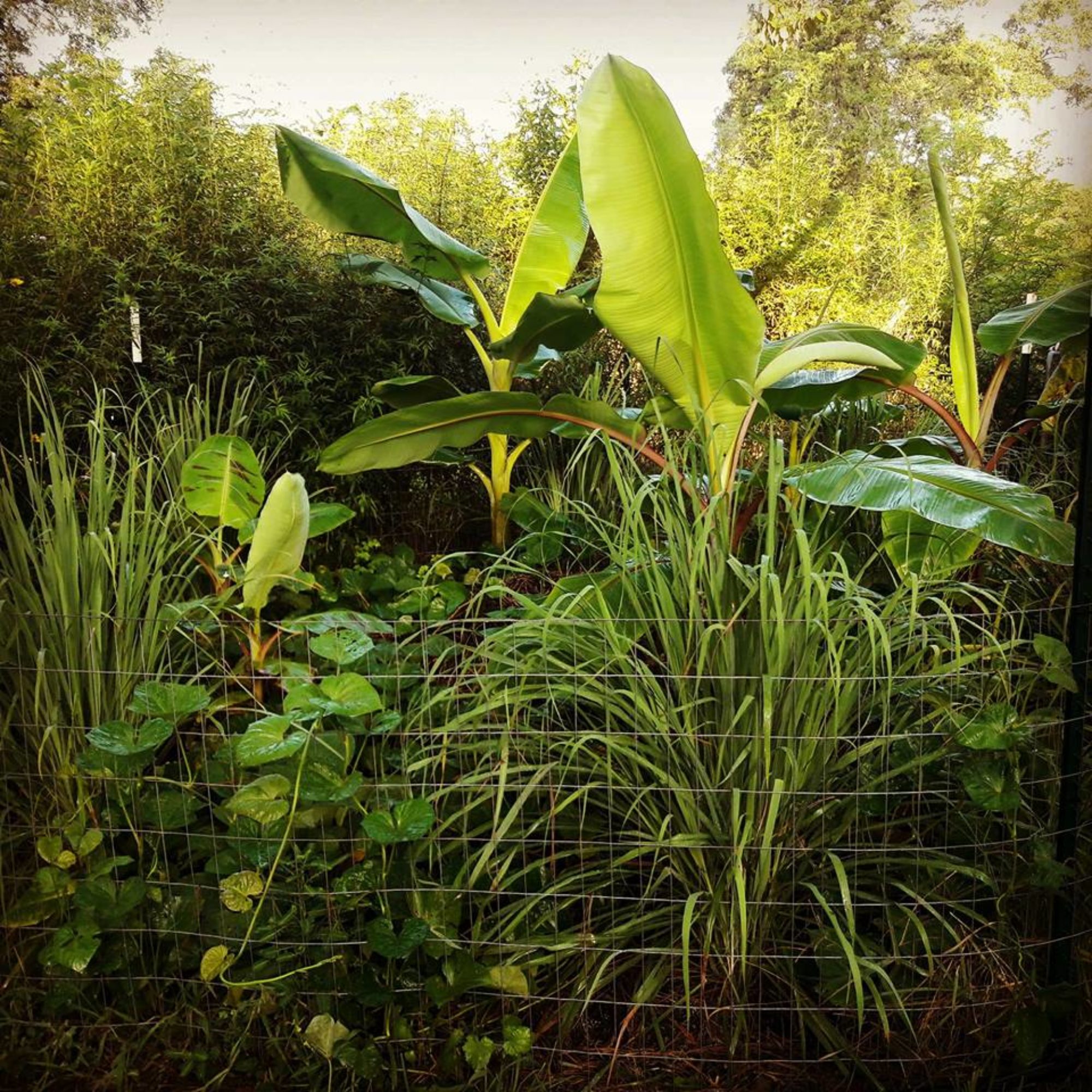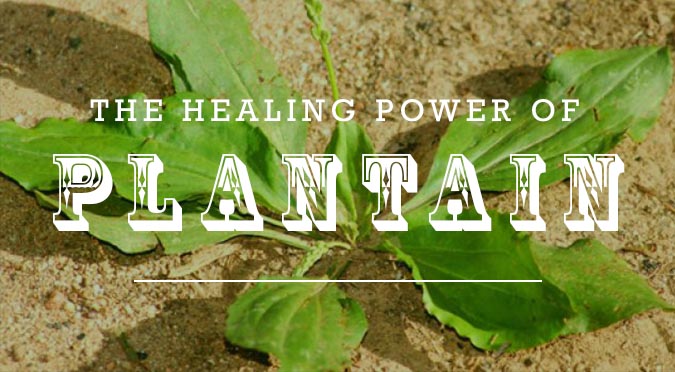Intro
I’m sure that you think of the fruit when you hear the word plantain, but there’s a wild herb that grows in all of North America and Canada known as Plantain Herb (Plantago sp.) The Native Americans called it “white man’s footprint” because it seems to tolerate and thrive in the disturbed soils of the early European settlers.
Types of Plantain
The two most common types of plantain herb are broad leaf plantain (Plantago major) and narrow leaf plantain aka ribwort (plantain lanceolate). Both plants grow low to the ground in a basal rosette and the flower stalks shoot up tall from the middle. The leaves are ribbed with vertical veins which are very fibrous, like strings. The broadleaf is, well, broad and rounded, while the narrow leaf is, you guessed it, narrow!
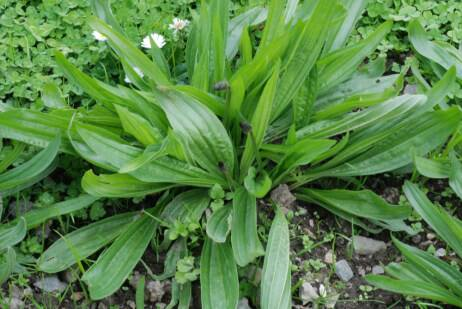
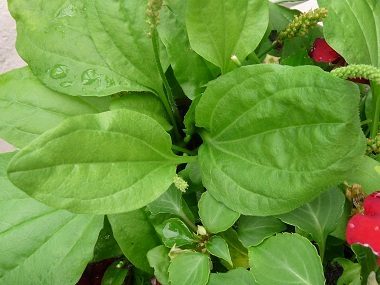
Uses in Medicine
Plantain is incredible in medicine! Both Plantago spp. are interchangeable. It’s herbal actions are:
- Alterative
- Antacid
- Anti-allergic
- Anti-bacterial
- Anti-hemorrhagic
- Anti-catarrhal
- Anti-histamine
- Anti-inflammatory
- Anti-microbial
- Astringent
- Connective tissue tonic
- Demulcent
- Diuretic
- Emollient
- Expectorant
- Lymphatic
- Vasoconstrictor
- Vulnerary
The leaves are great healers of the skin. They contain a healing constituent called allantoin which is well known to speed healing of the skin, tissue and bones. This is why comfrey and plantain go hand in hand.
A poultice or tincture used on an insect sting or bite will reduce inflammation rather quickly. You can just chew up a leaf, stick on the affected area and it’ll work like a charm! It’s a drawing herb so it will draw out the toxins from the bite/sting. This will even help soothe the itch of poison ivy, eczema, sunburn and any other skin irritants.
A tea or infusion made with the leaves will aid as an expectorant, easing dry cough and reducing phlegm. It will also help fight infection within the body, especially with the bladder, kidneys and lungs. You can use a plantain tea for dandruff relief, fight off colds, sore throat, and as a mouth rinse for mouth ulcers and inflamed gums!
An infusion made with the seeds have a laxative effect when ripe but they also have the same healing properties to aid in wounds and skin infections.
Recipe!
Poultice: Chew or mash fresh leaves and apply directly to sting, bite, or wound. Replace as needed as it will dry out in time.
Tincture: Gather fresh leaves, fill a jar, mash them to open the cell membranes, cover with 100 proof vodka. Store in a cool, dry, dark place. Shake daily. After 6 weeks strain and store in a dark place in a dark glass bottle. Apply a small amount to bee stings and insect bites. May be diluted and taken orally (6 to 12 drops in juice or water taken 3 times daily) for excessive mucus and nasal allergies.
Infusion: Pour 1 cup of boiling water over a handful of crush leaves (for cold, cough, expectorant) or over a teaspoon of seeds (for constipation). Let cool, then drink or use as a mouthwash or gargle (for mouth ulcers, sores, inflamed gums and sore throat)
Juice: Freshly pressed juice from the leaves may be used to alleviate inflamed mucous membranes, looking infections and diarrhea. 10ml 3x daily.
Salve: Dehydrate the leaves, cover with oil (olive, grapeseed etc.) Store in a cool, dark, dry place for 2 weeks, shaking daily. Add this infused oil to beeswax (3: 1) in a double boiler and you’ve created a salve. You can make any variations you want. Add other infused oils or essential oils to enhance the healing properties.
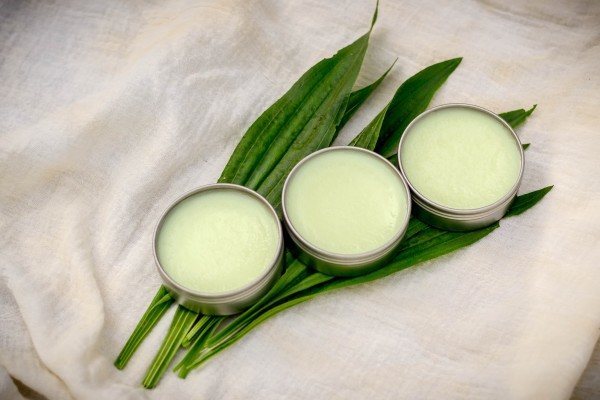
Uses in the Edilbe Landscape!
Plantain is edible! And tasty! Like spinach, but slightly more bitter. Plantain is high in vitamins and minerals, especially calcium, A, K, and C. It’s a great addition to salads and sandwiches! The fibrous veins can be removed as they tend to not be easily broken down. It can be added to stews and soups, anything you can add spinach to you can add plantain too.
Chickens and rabbits love it too!
How to Grow!
Plantain is easy to grow, in fact, it’s probably already growing nearby! Take a look around! Plantain grows in full sun to part shade and can grow in a variety of soil types. It grows in a basal rosette low to the ground typically less than a foot tall. Its seeds are plentiful and will self-sow!
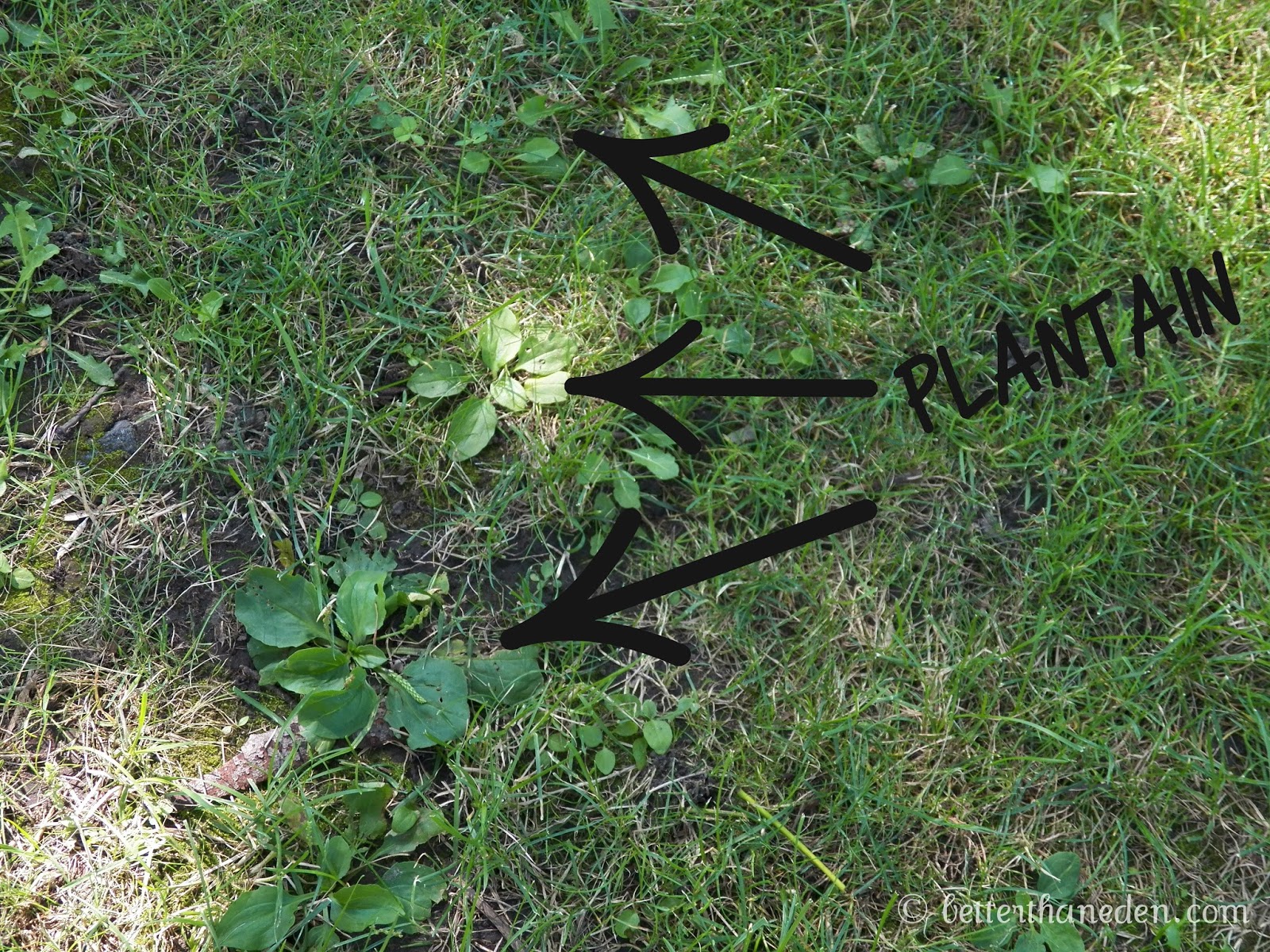
Planting
Self-seeding annual or you can direct sow mid-spring or sow indoors early spring. A week of cold stratification will speed up germination.
Care
They pretty much take care of themselves.
Harvest
Harvest fresh leaves and ripe seeds from mature plants in spring summer or fall as they tend to die back in the winter.
Remember to only harvest from plants that have been properly identified and where you know there hasn’t been any chemicals or poisons spayed on or near the plant.
Post Harvest – Curing & Storage
The leaves and seeds can be dehydrated for teas, tincture or can be used for an oil infusion.
[TheChamp-FB-Comments]
